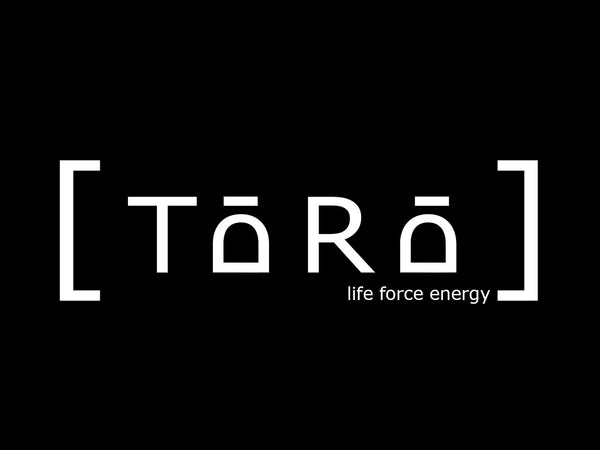Wilhelm Reich: The Forgotten Pioneer of Orgone Energy
Wilhelm Reich was one of the most controversial and visionary figures of the 20th century—a man who dared to cross the boundaries between psychology, biology, and physics in search of a universal life force he called orgone energy. Today, his name is often associated with his invention of the orgone accumulator, but few know the full story of his groundbreaking research, passionate activism, and tragic persecution.
The Early Days: Freud, Libido, and the Emotional Plague
Born in 1897 in what is now Ukraine, Wilhelm Reich began his career as a brilliant student of Sigmund Freud. He quickly rose in the ranks of the early psychoanalytic community, making his mark with deep explorations of sexuality, repression, and the body’s role in emotional health.
Reich’s key contribution during this period was his concept of "character armor"—the muscular and psychological defenses people build to suppress emotions, especially sexual energy. He believed that these blockages were not only psychological but deeply physiological, embedded in the structure of the body itself.
While Freud saw libido as symbolic or unconscious, Reich insisted that sexual energy was a real, measurable biological force—the flow of life itself. This radical view would eventually lead him to part ways with mainstream psychoanalysis and set out on a path of discovery that blurred the lines between science, mysticism, and natural energy.
The Discovery of Orgone Energy
In the 1930s, after fleeing Nazi Germany, Reich continued his research in Scandinavia. It was here that he began to observe a strange blue-glowing energy in the atmosphere and in living tissues—an energy that seemed to pulsate, charge, and discharge much like sexual excitement. He named this energy orgone, derived from “orgasm,” a state he saw as the natural expression of an unblocked, life-affirming energy flow.
Orgone, he claimed, was omnipresent—permeating the air, the earth, and every living being. It animated life, governed weather patterns, and could be concentrated and harnessed for healing.
This was not metaphor or metaphorical "vibes." Reich built laboratory experiments to try to prove orgone was real. He designed a special enclosure of alternating organic and metallic layers—which became the orgone accumulator—to concentrate orgone energy in a small space. People who sat inside reported increased vitality, faster healing, emotional release, and even relief from chronic conditions.
Orgone Accumulators: A Tool for Healing and Vitality
The orgone accumulator was simple in design but profound in effect. Built like a box with layers of organic material (like wool or wood) and inorganic metal (like steel), it worked by attracting and concentrating atmospheric orgone energy. Reich believed that when a person sat inside, their body absorbed this concentrated life force, supporting physical and psychological regeneration.
Reich’s early reports were astounding. He claimed that orgone treatments helped improve immune function, enhanced emotional well-being, and even had anti-cancer effects. His lab experiments with cancer mice suggested that tumors would shrink and overall health improved with regular exposure.
He also documented how orgone could influence weather. With his device called the Cloudbuster, Reich demonstrated the ability to manipulate atmospheric orgone and stimulate rain—adding yet another layer to the potential of this mysterious force.
Clashing with the Establishment
Reich’s work, however, was too radical for the times. In the conservative post-war climate of 1950s America, his claims and experiments came under intense scrutiny. His emphasis on sexual health, emotional liberation, and natural energy struck a nerve in a society that was deeply repressive.
In 1954, the U.S. Food and Drug Administration (FDA) declared that orgone did not exist and branded his accumulators as fraudulent. In a chilling move, they banned the distribution of orgone devices—and worse, demanded that all of Reich’s books and research materials be destroyed.
Reich refused to appear in court, believing no court had the right to judge natural energy. As a result, he was found in contempt, imprisoned, and sentenced to two years in federal prison. In 1957, just days before he was scheduled for parole, Wilhelm Reich died in his prison cell of heart failure.
Legacy: Suppression and Rebirth
Reich's work was buried—literally. Thousands of pounds of literature, lab notes, and scientific equipment were burned by U.S. authorities in what many see as one of the most extreme acts of censorship in modern scientific history.
But the spirit of his work never truly died. In the decades since his passing, a quiet resurgence of interest in orgone energy has taken place. Independent researchers, holistic healers, and open-minded scientists have begun to revisit his findings. His orgone accumulators are still used today in various forms—from orgonite pyramids to advanced grounding devices like the Tōrō Orgone Accumulator Pillow.
Reich's influence can also be seen in modern practices that emphasize energy flow, emotional release, grounding, and bioenergetics. He helped lay the foundation for what would become body-based psychotherapy, somatic healing, and alternative energy medicine.
A Man Ahead of His Time
Wilhelm Reich was not just a scientist. He was a mystic, a radical, a healer, and a rebel. He challenged the mechanistic worldview and dared to suggest that life itself was intelligent, energetic, and sacred. He believed in a future where science and spirit would no longer be at odds—but aligned in the service of human freedom and vitality.
While the world may not have been ready for Reich in his time, the growing interest in bioenergetics, vibrational healing, and environmental resonance suggests that maybe, just maybe, we're ready now.


